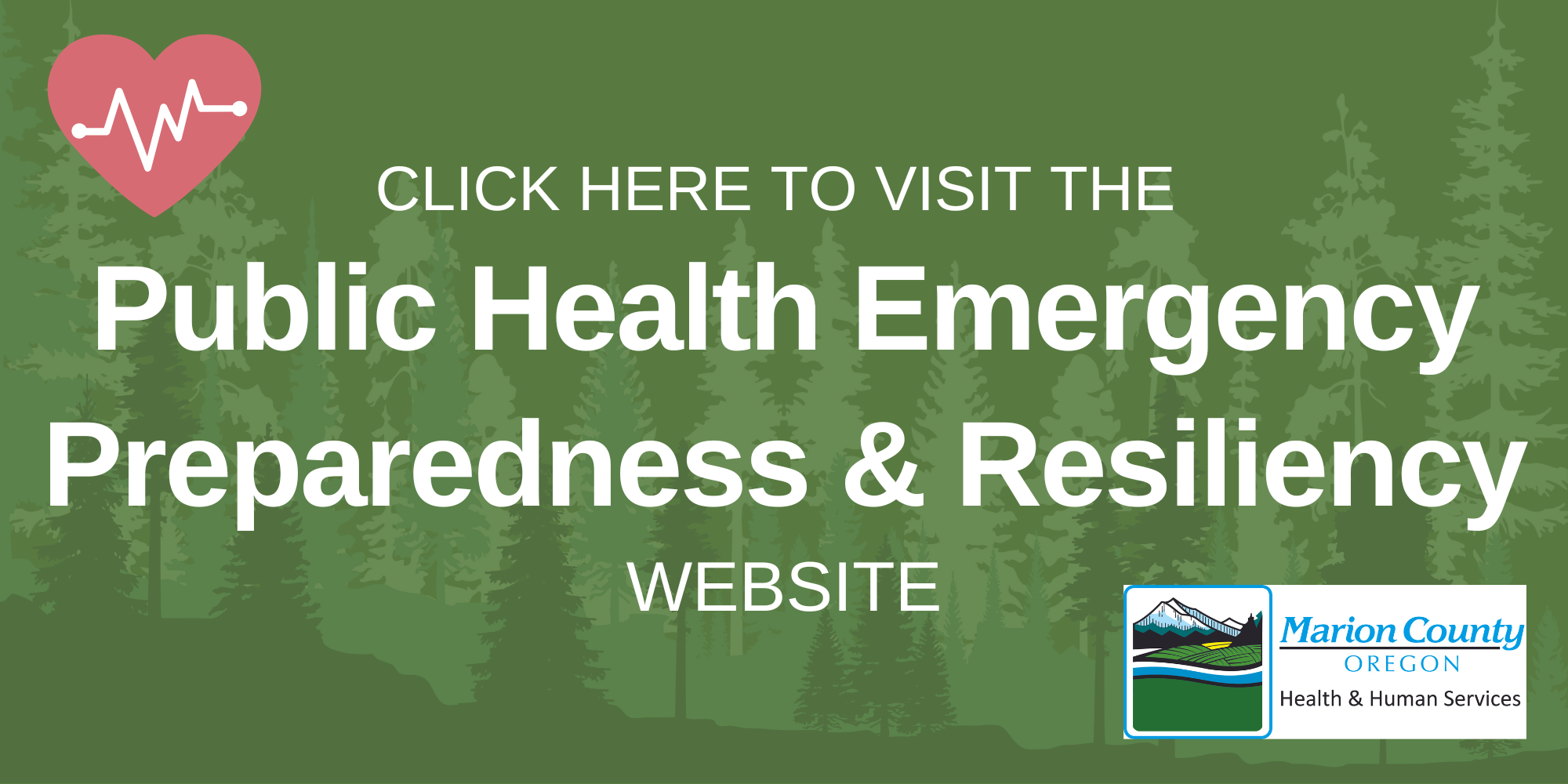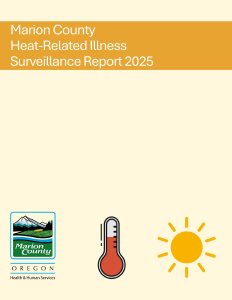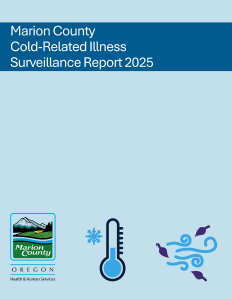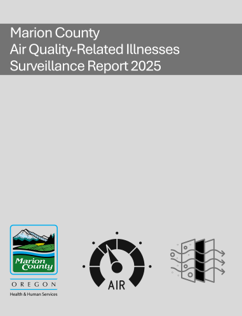Resiliency to Environmental Health Hazards

CONTACT US
Environmental Health Resiliency Program
3160 Center Street NE
Salem, OR 97301
Phone: 503-588-5357
Email: MCHDPrevention@co.marion.or.us
Summary of Services
Environmental health hazards, threats, and natural disasters impact the health of the public. When one occurs, the health, safety, and livelihood of Marion County residents can suffer. The Environmental Health Resiliency Program assesses environment and health data to plan for long-range solutions. Visit our new website for more data, resources, and information about our local area.
Examples of Environmental Hazards and Threats and populations more vulnerable to them include:
Environmental Health Hazards & Threats:
- Extreme heat
- Extreme cold
- Poor air quality
- Smoke inhalation
- Wildfires
- Drought
- Poor water quality
- Flooding
- Severe storms
- Public safety power shutoffs
- Vector carrying communicable diseases
| Vulnerable populations:- Homeless/unhoused
- Older adults
- Youth
- Low-income individuals
- Limited English proficiency speakers
- Frontline workers (such as firefighters, EMS, police personnel)
- Outdoor workers
- Agriculture community
- People residing in fire/flood zones
- Populations living with health disparities
- Those with underlying conditions
- Refugee communities
|
New! 2025-2030 Marion County Climate and Health Adaptation Plan
Marion County Health and Human Services created the Climate and Health Adaptation Plan to make Marion County community members more resilient to the most pressing environmental hazards. Our vision: Creating a vibrant, healthy, and prepared Marion County community that is resilient to periods of extreme heat, extreme cold, and poor air quality.
See the plan here:  2025-2030 Marion County Climate Health Adaptation Plan_v1.1.pdf
2025-2030 Marion County Climate Health Adaptation Plan_v1.1.pdf
New! 2025 Released Surveillance Reports:
Heat-Related Illness

Previous Reports:
| Cold-Related Illness

Previous Reports:
| Air Quality-Related Illnesses
Previous Reports:
|
2024 Marion-Polk Regional Environmental Scan Assessment Report:
Marion County and Polk County contracted with Willamette University to conduct an Environmental Scan to understand how environmental hazards like extreme heat, extreme cold, winter storms, wildfires, wildfire smoke, poor air quality, and more have affected the health of residents.
See the report and Appendices here:
Additional Resources:
